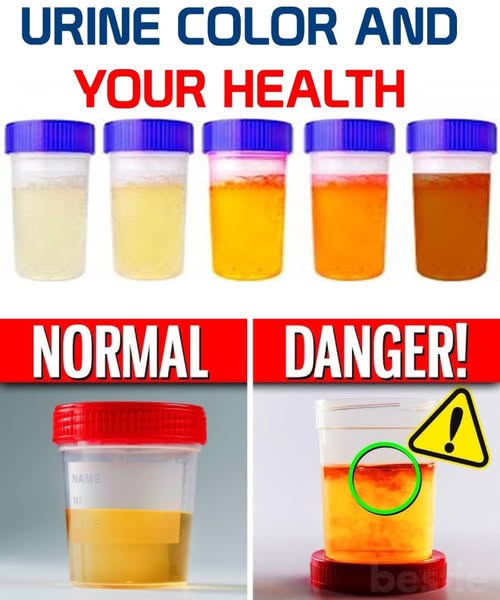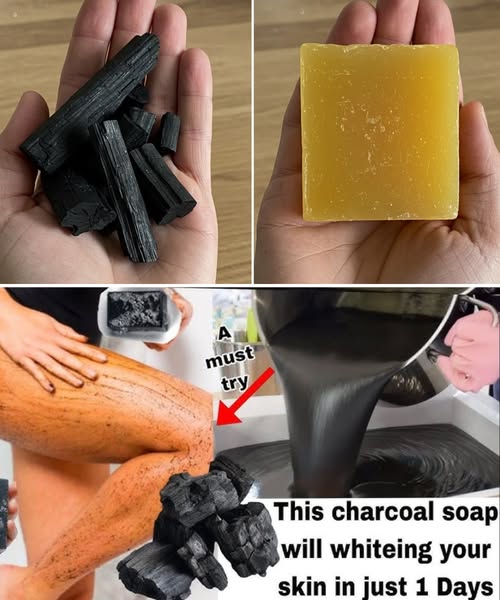Introduction

Have you ever looked down after using the bathroom and wondered, “Is that normal?” The color of your urine isn’t just a random shade—it’s a powerful health indicator that can reveal critical clues about your hydration, diet, medications, and even serious health conditions.
In this guide, we’ll decode what your urine color is trying to tell you—from golden yellow to alarming red. This isn’t just bathroom trivia; understanding your urine color could help you avoid dehydration, detect early signs of kidney trouble, or even catch a life-threatening condition before it’s too late.
If you’ve ever asked yourself, “Why is my pee bright yellow?” or “Should I worry about cloudy urine?”—this article is your go-to resource. Let’s dive into the 11 most common urine colors, what causes them, when to worry, and how to take action immediately.
The 11 Most Common Urine Colors & What They Reveal
Your body is constantly talking to you. And one of the easiest ways to listen is by checking the color of your pee. Below are the most common urine colors, their meanings, and actionable tips to take control of your health.
1. Clear Urine: Overhydrated or Just Healthy?
What it means: You’re likely very well hydrated—or drinking too much water.
Common causes:
- Excessive water intake
- Diuretics (e.g., caffeine, medications)
- Diabetes insipidus (in rare cases)
What to do:
Occasionally clear urine is fine. But if your urine is always transparent, you might be overhydrating, diluting essential electrolytes. Cut back slightly and observe changes.
Quick Fact: According to the Mayo Clinic, overhydration can lead to water intoxication, an imbalance of sodium that can cause serious complications.
2. Pale Yellow: The Sweet Spot
What it means: You’re well hydrated. This is the ideal urine color.
What to do:
Keep doing what you’re doing. Pale straw-yellow urine is a sign of proper fluid balance and healthy kidney function.
3. Bright Yellow or Neon Yellow: Vitamin Overload
What it means: Likely caused by B-vitamin supplements, especially vitamin B2 (riboflavin).
What to do:
This isn’t typically harmful. Adjust your supplement intake if you’re concerned, but know that bright yellow urine is usually benign.
4. Dark Yellow: Dehydration Warning
What it means: You need more water. Your body is conserving fluids.
Other causes:
- Intense exercise
- Hot weather
- Alcohol or caffeine consumption
What to do:
Drink a glass or two of water immediately. Monitor your urine color over the next few hours.
5. Amber or Honey-Colored: Moderate Dehydration
What it means: A more urgent dehydration signal than dark yellow.
What to do:
Rehydrate as soon as possible. This is your body’s cry for water. Prolonged dehydration can damage kidneys and reduce physical performance by up to 30%, according to the National Institutes of Health (NIH).
6. Orange Urine: Hydration or Health Red Flag?
Possible causes:
- Dehydration
- Liver or bile duct issues (especially if urine smells strong or skin is yellowish)
- Certain medications (e.g., rifampin, phenazopyridine)
What to do:
If orange urine persists despite drinking water, consult your doctor. Especially if accompanied by fatigue, nausea, or jaundice.
7. Pink or Red Urine: Don’t Panic, But Don’t Ignore It
Possible causes:
- Beets, blackberries, rhubarb
- Blood in urine (hematuria)
- Urinary tract infections (UTIs)
- Kidney stones or injury
Did You Know? Up to 18% of the population may experience red urine after eating beets—this is called beeturia and is typically harmless.
What to do:
If you haven’t eaten any red-colored foods, and your urine stays pink/red for more than 24 hours, seek medical attention immediately.
8. Brown or Cola-Colored: A Serious Signal
Possible causes:
- Severe dehydration
- Liver disease (hepatitis, cirrhosis)
- Muscle breakdown (rhabdomyolysis)
What to do:
Brown urine can indicate liver failure or muscle trauma—both are medical emergencies. See a doctor without delay.
9. Blue or Green Urine: Surprising But Sometimes Harmless
Possible causes:
- Medications (e.g., propofol, amitriptyline)
- Food dyes (e.g., in candy or drinks)
- Rare genetic disorder (familial hypercalcemia)
What to do:
If the color persists or you’re unsure of the cause, consult a healthcare provider. Most cases are harmless, but persistent blue/green urine needs evaluation.
10. Cloudy or Murky Urine: Infection Alert
What it means: Possible UTI or kidney stone.
Associated symptoms:
- Burning sensation
- Foul odor
- Frequent urination
Statistic: UTIs account for over 8 million doctor visits annually in the U.S.
What to do:
See a doctor for urinalysis. Cloudy urine with other symptoms shouldn’t be ignored.
11. Foamy or Bubbly Urine: Protein Problem?
What it means: Protein in urine (proteinuria), often linked to kidney issues.
Other causes:
- Fast urination
- Dehydration
- High protein intake
What to do:
If foamy urine is persistent, get tested. Chronic kidney disease affects about 15% of U.S. adults, and protein in urine is often the first sign.
FAQs About Urine Color
Q: How often should I check my urine color?
A: Daily observation is sufficient. Make it part of your routine—after your first morning trip to the bathroom.
Q: Can medication change urine color?
A: Absolutely. Common culprits include:
- Rifampin (red/orange)
- Amitriptyline (blue/green)
- Vitamin B supplements (neon yellow)
Q: When should I call a doctor?
A: Seek help if urine:
- Is consistently red, brown, or cloudy
- Has a foul odor with discomfort
- Comes with fever, fatigue, or vomiting
Q: Is dark urine after exercise normal?
A: Yes, often it’s temporary dehydration. But if it’s cola-colored and you’re sore, it might be rhabdomyolysis—a medical emergency.
Conclusion: What Your Pee is Telling You—Listen Closely
Urine isn’t just waste—it’s a real-time report card on your internal health. By paying attention to its color, you can catch signs of dehydration, nutritional imbalances, medication side effects, or even early-stage kidney or liver issues.
Here’s your quick reference:
| Color | Meaning | Action |
|---|---|---|
| Clear | Overhydration | Dial back water slightly |
| Pale yellow | Perfectly hydrated | Maintain your habits |
| Bright yellow | Vitamins present | Harmless, unless excessive |
| Dark yellow | Mild dehydration | Drink water |
| Amber/honey | Moderate dehydration | Rehydrate immediately |
| Orange | Liver alert or dehydration | Consult if persistent |
| Pink/red | Blood or beeturia | Call doctor if unexplained |
| Brown | Liver/muscle problem | Urgent medical care |
| Blue/green | Dye or medication | Usually harmless |
| Cloudy | Infection or kidney issue | Get checked |
| Foamy | Possible kidney issue | See a nephrologist |
Remember, the bathroom is your health checkpoint. Don’t overlook what your urine color is saying. Keep your eyes open, stay hydrated, and act fast if something feels off.


